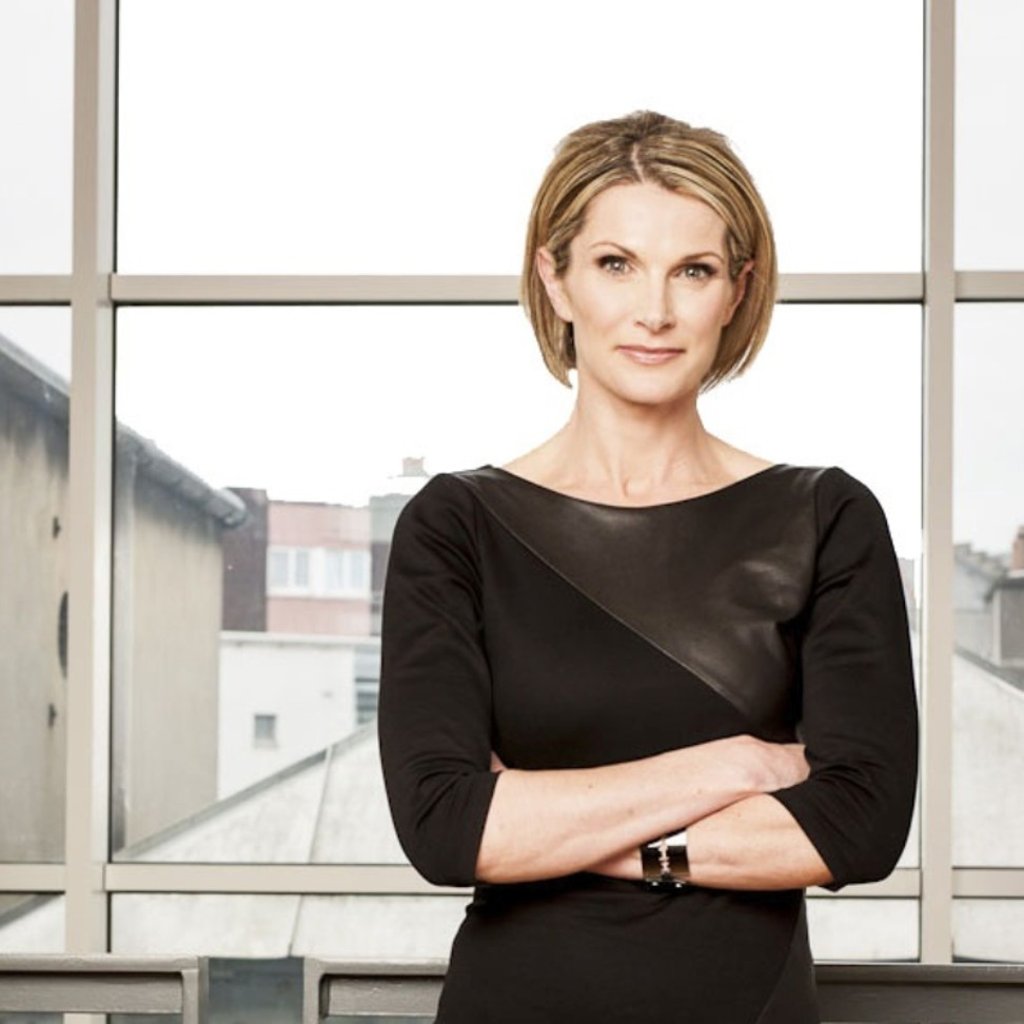China rises to No. 2 art market as billionaires more than double in 2017, closely watched report says
Art Basel and UBS Global Art Market Report finds China accounted for 21 per cent of US$63 billion global art sales last year in a market dominated by world’s super-wealthy; Asia ex-China’s market share forecast to rise as its wealth grows

China became the second biggest art market in the world in 2017 on the back of a sharp jump in the number of Chinese US dollar billionaires, according to the just published Art Basel and UBS Global Art Market Report. The closely watched report documented a global recovery in the market, skewed heavily towards works valued at over US$1 million.
Using a variety of sources, art economist Clare McAndrew calculated that global art sales reached US$63.7 billion in 2017, up 12 per cent from 2016, and a strong turnaround after two consecutive years of decline. But the market is truly a 1 per cent club dominated by the super-wealthy.
Last year artworks that fetched over US$1 million accounted for only 1 per cent of the market by volume but a staggering 64 per cent by value – up from 48 per cent in 2016.
